beantown and la belle province 4: finding freedom in boston

First stop was Brattle Book Shop, whose bargain carts filled the adjacent lot. A series of author portraits hang above the $3-5 books - I'm partial to the take on Dr. Seuss. Disintegrating 19th century editions of The Atlantic were tempting but looked as if they would crumble before I reached the cashier.
I soon discovered I wasn't the only Canadian roaming around Downtown Crossing. While checking out at an Eddie Bauer outlet, the cashier noticed my CIBC credit card and noted I was the sixth or seventh Canadian she had served that day. It wasn't difficult to find traces of home around Boston, if only in the TD logo and colour scheme on Banknorth branches.
One of Downtown Crossing's retail landmarks was Filene's, which was famous for yearly "running of the brides" in its discount basement. Corporate mergers and spinoffs resulted in the basement and department store operating under different owners. When the department store was acquired by Macy's in 2005, the new owners decided to retain their existing store down the street (formerly Jordan Marsh). Filene's Basement closed last September to allow work to begin on converting the landmark into a multi-use complex containing a hotel, condos, office and retail.
Walking from the south all looks well with the historically-registered building, including the store's signature clock...
...but a few steps north reveals the extent of the reconstruction.
The remnants of an escalator and possibly the bicycle/sporting goods department. Interesting artwork - anyone know the vintage?
North of Filene's I latched onto the Freedom Trail. This 2-1/2 mile pathway, marked by a red brick line in the sidewalk, connects Revolutionary War-era sites from Boston Common to Bunker Hill. The path is a historical plaque reader's paradise, a wealth of information on war heroes and casualties. If you have an ancestor who met their fate in the Boston area, chances are good you'll their name is along the trail.
Samuel Adams standing proud in front of Faneuil Hall. Obscured by the umbrellas is a vestige of a later conflict, a fallout shelter sign.
Paul Revere's ride is immortalized in the mall bearing his name in the North End neighbourhood. Red brick structures dominate the neighbourhood, with many on Hanover Street containing Italian eateries.
I wandered into Mike's Pastry and drooled at the items in the display case. Ordering was chaotic as pastry fanciers stood everywhere other than a line. Nobody looked upset about this state of affairs. I parked by the case and was quickly served up a vanilla florentine (loaded with nuts and creamy vanilla coating) and several fancy cookies (mediocre). Perhaps I should have sampled the salami.
Though Paul Revere Mall is ringed with the tales of 18th century soldiers, current conflicts are not ignored. The centre of the mall includes a memorial garden lined with dog tags to remember those who have fallen in Afghanistan and Iraq.
After a stop at Old North Church I wandered through Copp's Hill Burying Ground, which has served as a resting spot since 1659. Many of the graves were arranged in neat rows that were created in the 19th century to make the cemetery more pleasurable to walk through for families who treated the site as a park.
The gravestones were fascinating to read, their stories bringing the buried alive. Winged skulls, a religious symbol dating to the medieval era, topped many of the monuments. The urn-and-weeping willow on the right was a popular symbol after the American Revolution, with the urn representing death and the willow standing in for sorrow.
Next: Bunker Hill and a taste of Brazil. Full photo set on Flickr.

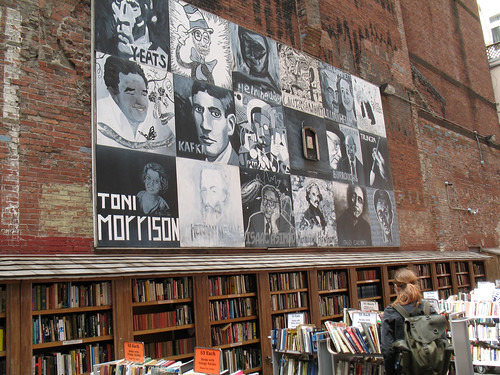
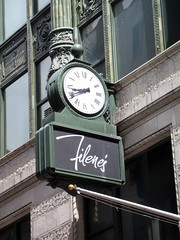
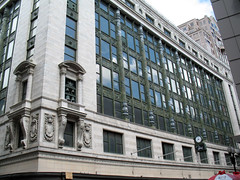
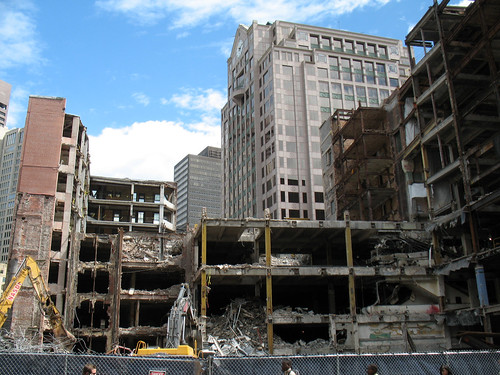
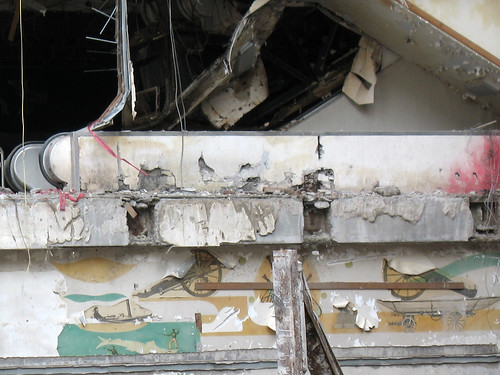


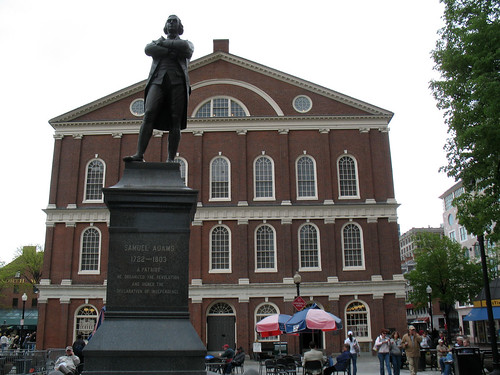
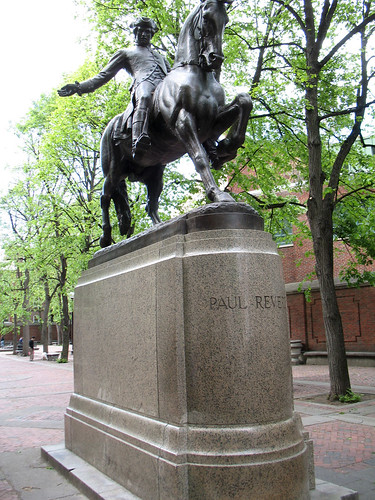
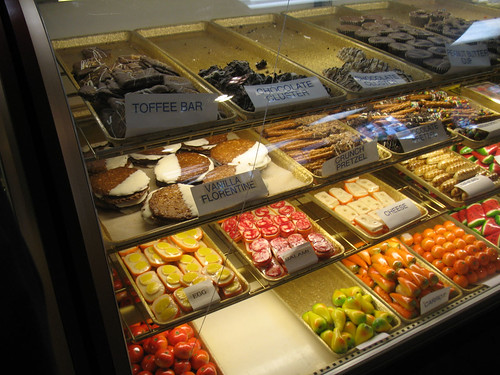
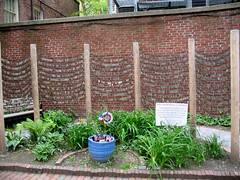
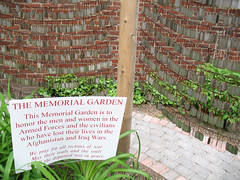
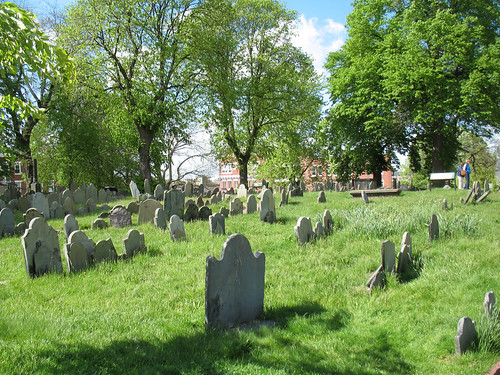
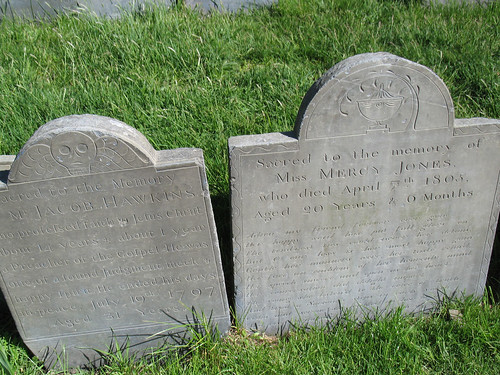

Comments